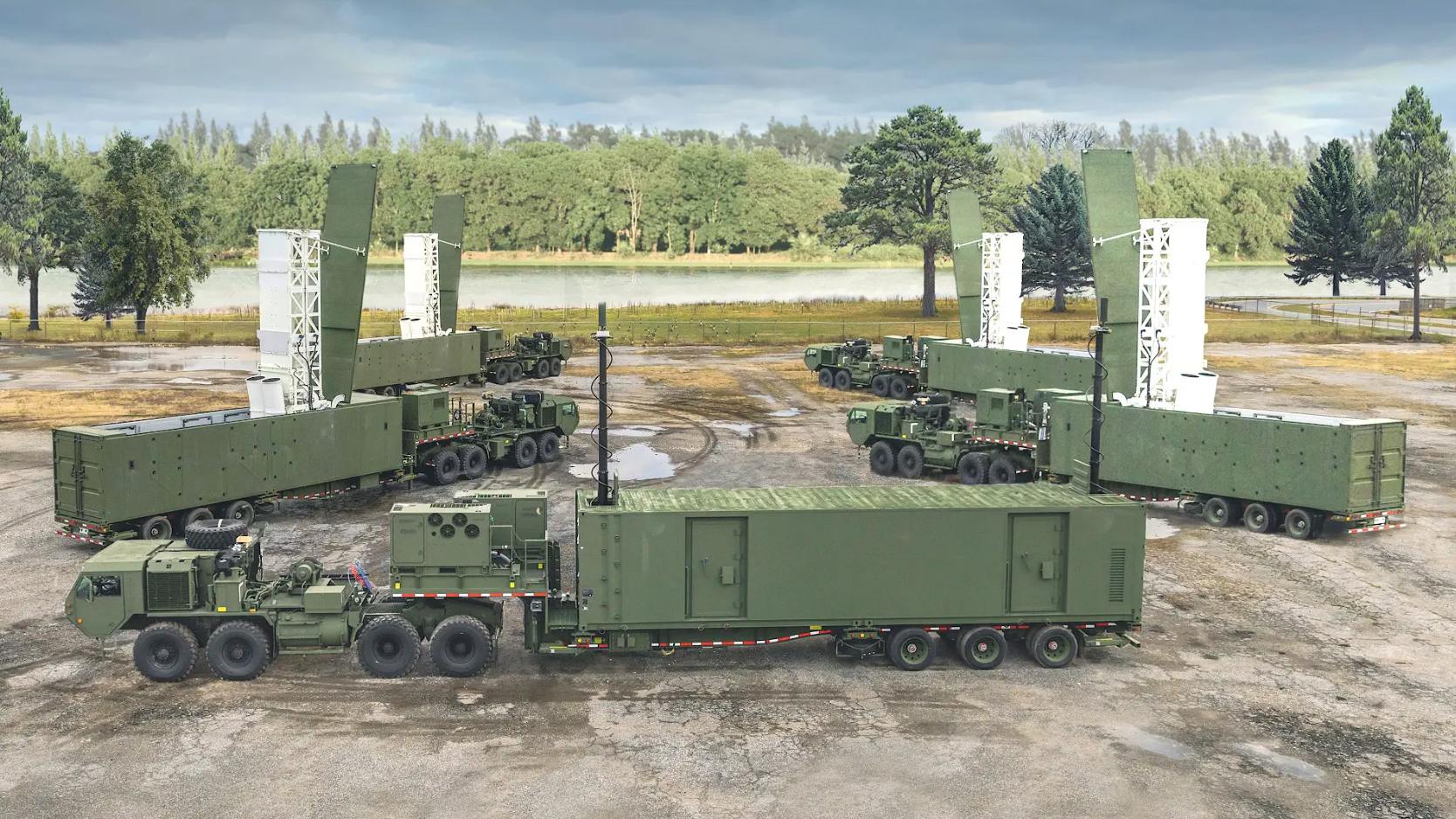Soon after the United States military officially announced that it would deploy a new ground-based missile launcher with a 2,500-kilometer firing range to the Indo-Pacific next year, a Chinese military expert warned that it could lead to nuclear escalation in the region.
Spokesman Col. Rob Phillips said on December 5 that the US Army plans to introduce the “Typhon” Strategic Mid-Range Fires (SMRF) system to the region in 2024, citing previous statements made by Gen. Charles Flynn, the commander of the US Army’s forces in the Pacific.
Flynn told reporters last month at the Halifax International Security Forum that the system, which uses Tomahawk cruise missiles and SM-6 missiles modified for ground launch, will be put into service next year. The SM-6 can travel up to 240 kilometers, while tomahawks are thought to have a range of 1,250–2,500 kilometers.
The director of the Center for Arms Control Studies, China Institutes of Contemporary International Relations, Guo Xiaobing, wrote an article for huanqiu.com, which was translated into English and published on its website by China Military Online. In the essay, the author stated that it was evident that the US’s placement of land-based IRBMs in the Indo-Pacific region is detrimental to the strategic stability of the area.
Arguing that the deployment might first lead to a nuclear escalation, he said the missiles could be used to strike nuclear targets as well as land-based strategic objectives.
To support his warnings, he cited President Biden’s National Security Advisor, Jake Sullivan, previous statement, which noted that weapons such as hypersonic missiles would contribute to the improvement of nuclear deterrence, which may lead to confrontations that cross the conventional nuclear boundary and carry a high risk of escalation.
He further noted that the deployment can make relations between the countries in the region even more complicated. He observed: “The US has been evasive and reticent about the specific deployment location of the missiles, and the regional countries are reluctant to invite trouble.”

When first hinting at its deployment, Flynn had told reporters, “I’m not going to say where and when, but I will just say that we will deploy them in the region.”
The system, which includes four trailer-based launchers and additional supporting hardware, was successfully tested by the US Army earlier this year using Tomahawk and SM-6 missiles. The technology might also be employed defensively using the SM-6 missiles, which the US military claims are its only adequate protection against extremely agile hypersonic weapons.
🇺🇸 #NEW The Pentagon announced that the US Army plans to deploy its new long-range launcher, called Typhon, to the Indo-Pacific region in 2024.
This ground-based system is designed to launch Raytheon's SM-6 missiles and Tomahawk cruise missiles, aiming to strike targets between… pic.twitter.com/qBGew899Qi
— WBC Defenders (@WBCdefenders) November 20, 2023
In the absence of specific details about where it shall be stationed, local Japanese media said that given the challenges in gaining public acceptance, Tokyo’s plans for a “counterstrike capability” that includes Tomahawks and locally produced missiles suggest that the system is unlikely to be deployed in Japan. Moreover, the reports noted that fielding them in Japan would allow China to target them quickly.
One possible destination for the weapons is speculated to be the vast military installation on the US territory of Guam in the Western Pacific. This would be the first weapons deployment to Asia since the end of the Cold War, and it comes as China continues to bolster its arsenal of powerful missiles that can target American military installations in Japan and throughout the Pacific, with Guam being a very likely target.
The announcement of the deployment comes amid increasing tensions in the Indo-Pacific between China and the United States, especially with China asserting sovereignty over Taiwan and over territories like the Second Thomas Shoal in the South China Sea, which is claimed by US ally The Philippines as its sovereign territory.
Typhon Weapon System
The Army anticipates that Typhon will primarily be used against land-based targets using either Tomahawk or the SM-6 missile. While the Tomahawk has some anti-ship utility, the SM-6’s Block-1A variant possesses limited land and sea target attack potential.
The SM-6 was first designed as a surface-to-air missile, but it has also been tested against ships, and new variants with far longer ranges and other enhancements are presently in development.
The United States Navy (USN) “practiced” using road-mobile launchers to launch its ship-launched Standard Missile-6 (SM-6) under US European Command. The rehearsal was done as part of the Typhon system and showed containers on articulated trucks claimed to be carrying the SM-6.
The US Army’s “Typhon” or “MRC” missile fills the mid-range capability vacuum between the Long-Range Hypersonic Weapon’s (LRHW) 2776-kilometer range and the Precision Strike Missile’s (PrSM) 482-kilometer range. In other words, it requires missiles to reach targets up to 1,800 kilometers away.
Lt. Gen. Robert Rasch, a senior official overseeing the weapon’s development at RCCTO, said in December last year, “The MRC rapidly progressed from a blank piece of paper in July 2020 to the soldiers’ hands in just over two years. The [Rapid Capabilities and Critical Technologies Office] team and our joint service and industry partners delivered this hardware so soldiers can begin training as quickly as possible.”

A complete Typhon Weapon System battery consists of four launchers, a command post, and reload and support vehicles, all of which are transported on trailers, according to information the Army had previously supplied. The targeted data is sourced from offboard sources.
Furthermore, the Typhon launchers were modeled after the Mk 41 Vertical Launch System (VLS), used by several US Navy and other warships. Typhon also has launchers based on the Mk 41 platform and a fire control system modified from the combat-tested Aegis Combat System.
Now that the Army can access Tomahawk, Typhon provides a new tool to put land-based targets in danger within a potential bubble that may form approximately a thousand miles around the launchers. The SM-6’s shorter range enhances the system’s overall adaptability.
The US military needs more options for hitting targets on land, at sea, and in the air over the vast expanses of the Indo-Pacific region in any future higher-end conflict, notably against China.
- Contact the author at sakshi.tiwari9555(at)gmail.com
- Follow EurAsian Times on Google News




